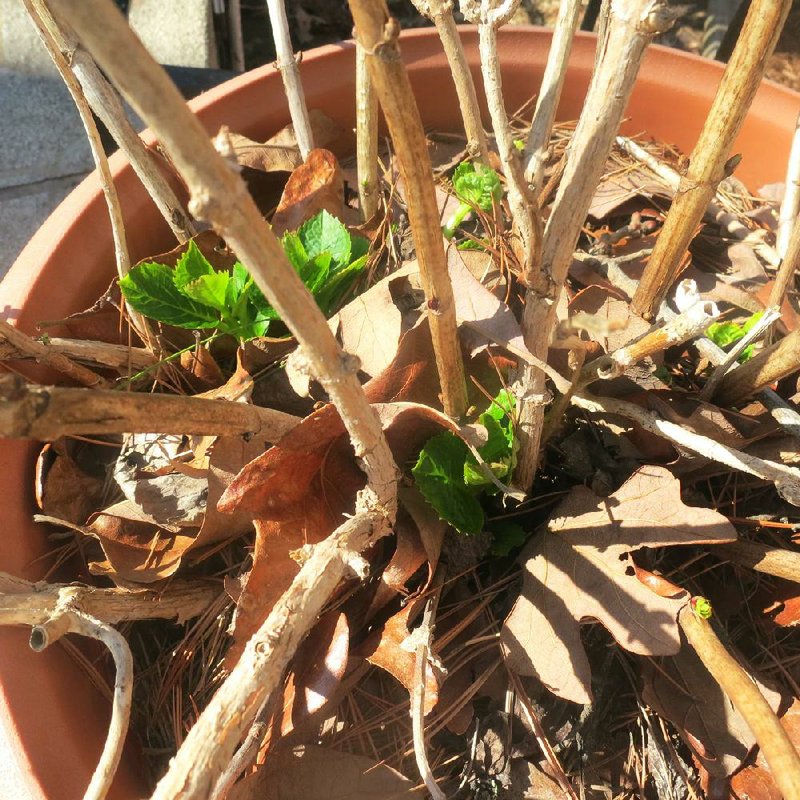THIS MONTH
I know we are all holding our breath that winter is over. But we aren’t out of the woods yet; there is always potential for a late frost. A lot of gardeners swear by a Good Friday planting date and others do it by the phases of the moon, but with this year’s horrid weather, spring is definitely later than normal.
Tomatoes and summer bedding plants have been at some outlets now for more than a month, but we never recommend planting these until mid-April at the earliest, and this year it could be May before we have safe planting conditions. But who knows, we may go from winter to summer overnight.
Plant cool-season vegetables now, including onions, cabbage, broccoli, lettuce, radishes and greens.
It is still awfully cool in the mornings and the soil temperature has not warmed up sufficiently for warm-season crops yet. Hold off until late this month for tomatoes, peppers, squash and cucumbers. You can slowly start planting green beans and corn as you watch the weather.
Broadcast a complete fertilizer at planting and then side dress with light applications during the growing season.
Petunias and calibrachoa can tolerate the cooler weather of early spring but lantana, penta, impatiens and zinnias want warm weather and warm soil to get growing, so hold off a bit.
Mulch your garden to keep weeds at bay, moderate the soil temperature and keep moisture in. Water as needed.
The winter annuals that survived are finally blooming again. Continue to fertilize lightly and enjoy their color until it warms up enough to start planting summer color.
Hostas are emerging, and daylilies have been up for a few weeks. If these plants are too crowded, now is the time to divide them.
If you haven’t pruned your summer-blooming shrubs, there is still time to get it done. Many of your plants will benefit from a good haircut. Buddleia (butterfly bush), summer-flowering spirea, abelia and roses can all be pruned - and need to be pruned - each year. Know how and why you are pruning before you start cutting. Only prune althea and crape myrtles as needed.
Early spring perennials are blooming, including the end of the hellebores and the beginning of bleeding heart, columbine and creeping phlox. Evergreen perennials, including heuchera and liriope, will require some cleanup now of their damaged foliage to freshen them up for new growth. Be careful not to prune the new growth that is emerging.
If you haven’t cut back your ornamental grasses, do that now as well, again taking care not to cut new foliage.
APRIL LESSON
If you walk your garden daily, you see new signs of perennial life every day. You should be seeing signs of life on most of your plants in the garden. Start assessing damage and consider what needs to be pruned and what new planting may be needed.
New plants are arriving daily at nurseries and garden centers statewide. Assess which season you’ll need color for and prepare to try some new plants.
I think the jury is in about whether your big-leaf hydrangeas survived the winter unscathed. Mine are all dead to the soil line and resprouting from the base, which means no flowers for me this summer.
Others are seeing a mixed bag, with some damage but new growth emerging along the stems. Their hydrangeas should give them flowers this season.
Big-leaf hydrangeas (Hydrangea macrophylla) set flower buds in the fall before going dormant. So if the plant is pruned or winter damaged and all new growth is at the soil line, then this year’s flower buds are lost. But if you grow the reblooming hydrangeas like Endless Summer or Blushing Bride, you will still have flowers on their new growth later in the season.
Oakleaf hydrangeas appear undamaged and PeeGee and smooth hydrangeas like Annabelle bloom on the new growth and so will still flower for us this season.
Gardenias also took a hit this winter. Some merely suffered burned foliage, and new growth is emerging so blooms should be intact. Others are dead to the soil line. Prune sparingly until you know for sure.
Many azaleas have brown leaves and some dead stalks but there are still viable flower buds, so let them have a chance to bloom before pruning.
Loropetalum have dead tips and can be pruned lightly now; hold off heavy pruning to see if you might still have some flower buds that can open.
This is also the time to take inventory of your herb garden, do some clean-up and replant. Sage seems to have made it through, but parsley, oregano and thyme are just rebounding. Rosemary and lavender have some dead and some living parts. Prune and replant as needed.
There is still time to get some growth on cilantro before hot weather comes and turns it into coriander (the seeding version). Basil seedlings are on the market, but I would be wary of late freezes and hold off on planting this summer annual.
If you plant mint, contain it in some way or it will overtake the garden.
Janet Carson is a horticulture specialist for the University of Arkansas Cooperative Extension Service.
HomeStyle, Pages 35 on 04/05/2014
